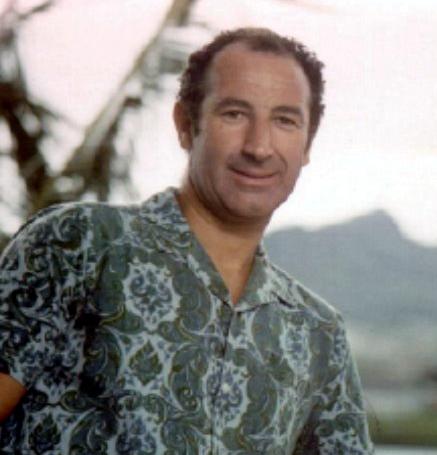| The Legacy of Norman Abramson |
| Written by Harry Fairhead | |||
| Sunday, 13 December 2020 | |||
|
Norman Abramson, one of the founders of ALOHAnet system, the fundamental precursor to all of today's networks, died on December 1, 2020, at the age of 88. We look back on his novel solution to sharing the University of Hawaii's single computer across all the islands. According to the University of Hawaii, where Abramson, was professor emeritus of electrical engineering: ALOHAnet pioneered the concept of wireless packet communication over a shared medium. It successfully demonstrated a novel approach for multiple devices to utilize a shared communication medium. Prior to ALOHAnet, a node on a network would talk directly to a node at the other end of the link. ALOHAnet nodes communicated on the same frequency by allowing each client to send its data when it was ready. The revolutionary ALOHA protocols devised by the ALOHAnet team provided for an acknowledgment/retransmission scheme to deal with collisions. This approach radically reduced the complexity of the protocol, and was the basis for the subsequent development of Ethernet and later WiFi. The following extract from my article, The Birth Of Ethernet, provides more of the history and the technology: If you want to know why when and how Ethernet came into being, it is a surprising story that starts, of all places, in Hawaii with a desire to surf - not the web but the waves that crash on the beaches.
Norman Abramson in the mid-1970s Norman Abramson was a surf freak – which is 1970s speak for someone just a little enthusiastic about the sport, or perhaps religion, of surf boarding. What was a surfing boy to do but to move to Hawaii in 1968 and enjoy the big waves. The only problem was that Abramson was a computer scientist and so had to do something to earn a living at the University of Hawaii. He was also very irritated by the fact that the University was spread across the islands and more to the point irritated by the fact that the University had computer users spread all across the islands. You have to remember that at the time Universities only had one big central computer for users to share. On the mainland this was relatively easy but on a group of islands it was much more difficult. He decided that the best way to solve the problem, and remember that computers and electronics in general were expensive at the time, was to link users to the central computer using radio channels. This was cheap but radio channels were, and still are, in short supply and allocating one channel per user was impossible and an engineering nonsense not only because there weren't enough channels available for the job. The reason that it was a nonsense is that a typical user of the time typed slowly on a teletype and didn’t really expect much data back in response. As a result there was little chance that any single user could make use of a full radio channel even if they could be allocated one. As a result of Abramson invented ALOHAnet. This used a small number of radio channels shared between the users. The problem that Abramson solved was how to share the channels without any master synchronizing signal being needed. How? The basic idea was to use the same technique we use to talk in a group. If two people speak at the same time the person listening doesn't hear what the other says and there is no response. That is humans notice when there is a "collision" of people speaking and modify their behaviour to allow one person to speak - one or more of the speakers involved in the collision will "back off" and wait for a clear period when they can say something. The ALOHAnet worked in the same way. Terminals transmitted data on the channel whenever they felt like it and then waited for an acknowledgment from the central computer. If they got an acknowledgement then they knew that they had the channel to themselves and the message got through. If they didn’t receive an acknowledgment they knew that they had transmitted at the same time as one or more other users. The really clever part is what happened next. All of the parties to a “collision” waited for a random time or “backed off” for a random time and then retransmitted their data.
The first ALOHA channel This worked! Most of the time the few channels were shared reasonably efficiently. As long as the channels weren’t overloaded collisions were few and backing off cleared the congestion. Abramson could get on with surfing while the students and staff got on with using the computer. Abramson's contribution to networking was recognized multiple times. In 1995 he was the recipient of the IEEE Koji Kobayashi Computers and Communications Award; in 2000 the Technology Award from the Eduard Rhein Foundation in Germany; in 2007, the IEEE Alexander Graham Bell Medal and, in 2011, the NEC Computer and Communications Award. Norman Abramson It is thanks to Norman Abramson that today's networks work as they do and that "surfing" has taken on a second meaning. More InformationIn memoriam: Professor Emeritus, ALOHAnet co-founder Norman Abramson Related ArticlesTo be informed about new articles on I Programmer, sign up for our weekly newsletter, subscribe to the RSS feed and follow us on Twitter, Facebook or Linkedin.
Comments
or email your comment to: comments@i-programmer.info
|
|||
| Last Updated ( Sunday, 13 December 2020 ) |





